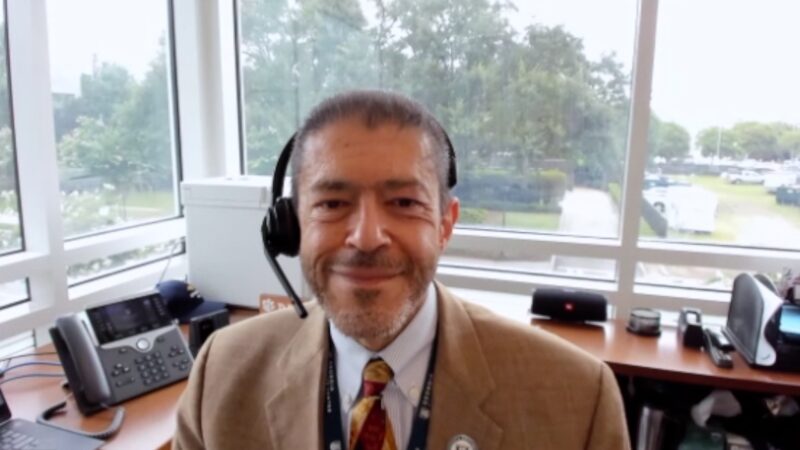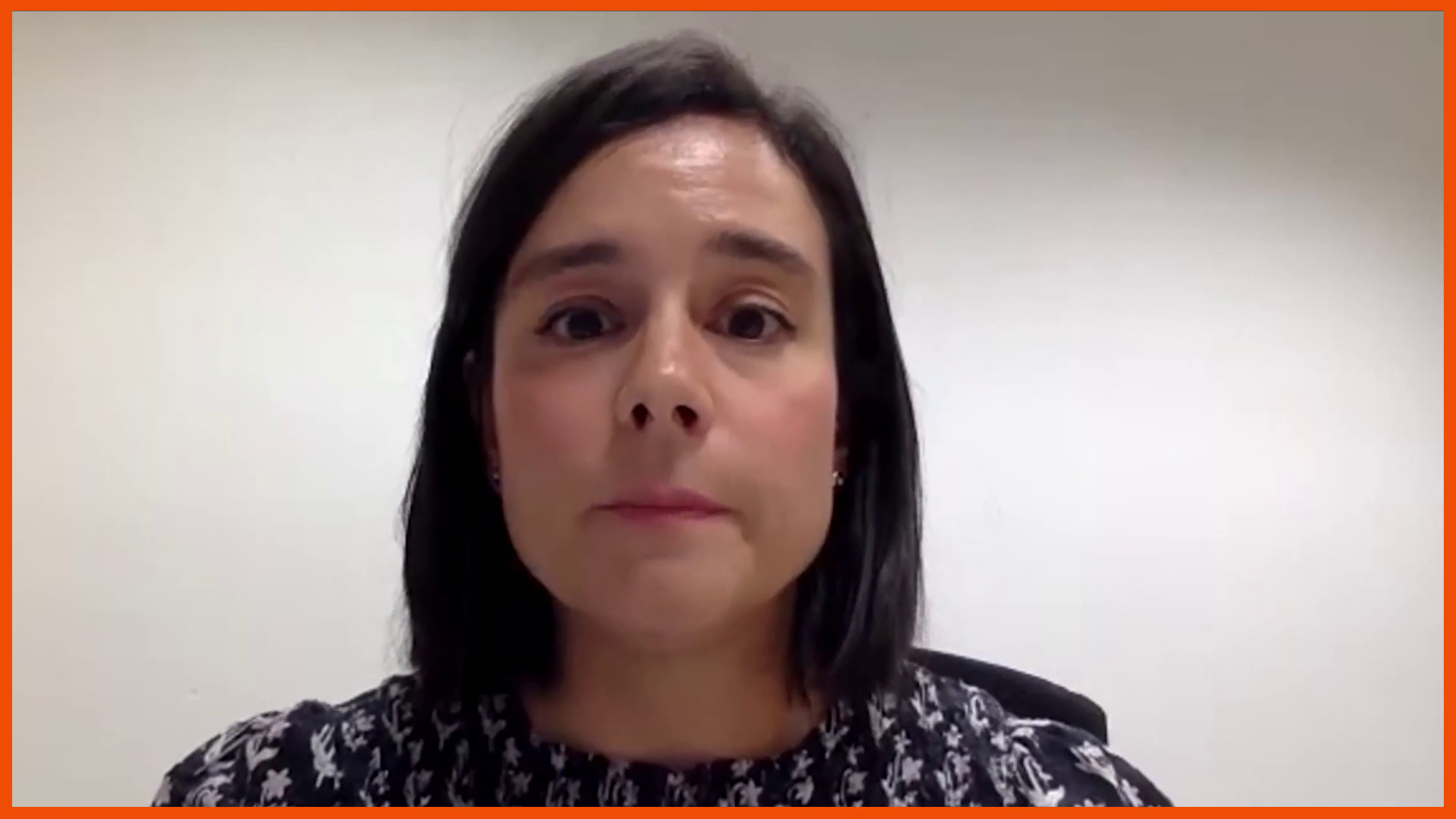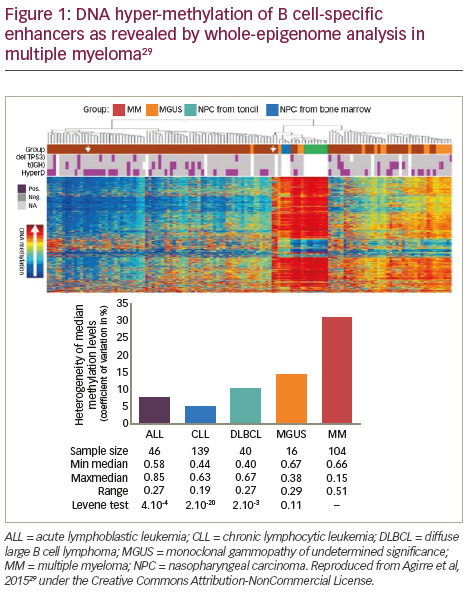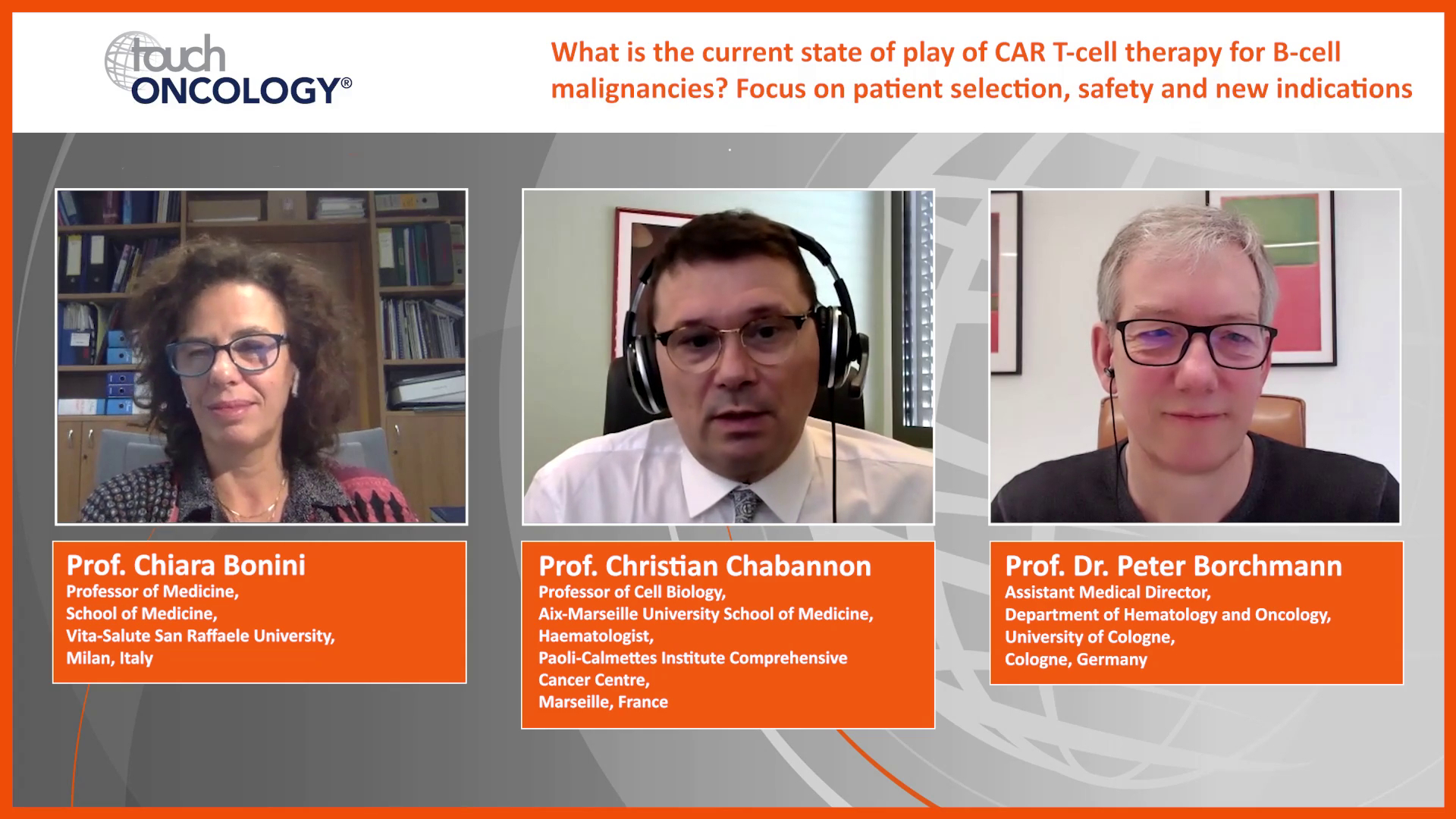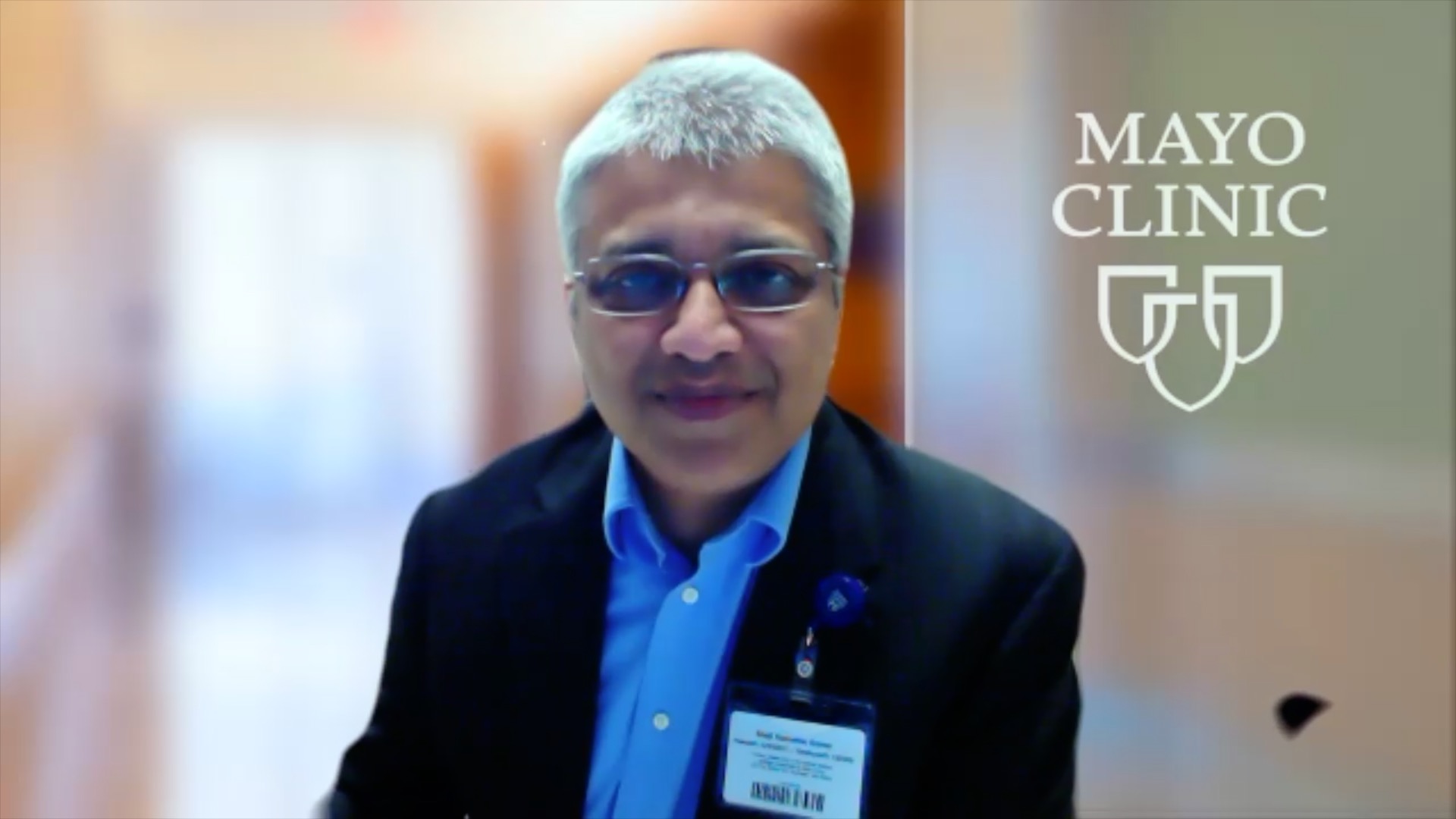Tutorial
This icon indicates there is a poll question. Click it when you see it to interact with your peers.
Tutorial
This icon indicates there is a poll question. Click it when you see it to interact with your peers.
Tutorial
This icon indicates there is a poll question. Click it when you see it to interact with your peers.
touchCONGRESS
 Our faculty interpret key data from the congress, complimented by an expert panel discussing what has been presented.
Close
Our faculty interpret key data from the congress, complimented by an expert panel discussing what has been presented.
Close
 Our faculty interpret key data from the congress, complimented by an expert panel discussing what has been presented.
Close
Our faculty interpret key data from the congress, complimented by an expert panel discussing what has been presented.
Close
Navigating the treatment of RRMM with BCMA-directed therapies: Updates from COMy, ASCO and EHA 2025
Learning Objectives
After watching this activity, participants should be better able to:
- Interpret the latest clinical evidence for approved BCMA-directed therapeutic approaches to managing RRMM
- Summarize emerging evidence on the practical application of BCMA-directed therapies in RRMM, including sequencing strategies
- Evaluate the latest clinical data for emerging BCMA-directed therapies, including novel combinations, in patients with RRMM
Overview
In this activity, a multiple myeloma expert reviews key data on BCMA-targeting agents presented at the international Controversies in Multiple Myeloma (COMy), American Society of Clinical Oncology (ASCO) and European Hematology Association (EHA) 2025 congresses. Two additional experts then join to discuss how these data may be applied in clinical practice.
This activity was filmed following COMy (15–18 May 2025, Paris, France), ASCO (30 May–3 June 2025, Chicago, IL, USA) and EHA (12–15 June 2025, Milan, Italy).
This activity is provided by touchIME. touchIME is an EBAC® accredited provider.
Target Audience
This activity has been designed to meet the educational needs of haematologists, including haemato-oncologists, and oncologists involved in the management of multiple myeloma.
Faculty
Prof. Philippe Moreau discloses: Advisory board/panel fees from AbbVie, Amgen, Bristol Myers Squibb, Janssen, Pfizer, Sanofi and Takeda.
Prof. Hermann Einsele discloses: Advisory board/panel fees from Amgen, Bristol Myers Squibb/Celgene, GSK, Janssen, Novartis, Sanofi and Takeda. Grants/research support from: Amgen, Bristol Myers Squibb, GSK, Janssen and Sanofi.
Dr Paola Neri discloses: Advisory board/panel fees from Bristol Myers Squibb, FORUS, Janssen, Pfizer and Sanofi. Consultancy fees from FORUS, Janssen, Pfizer and Sanofi.
touchIME Medical Contributors
Christina Mackins-Crabtree has no financial interests/relationships or affiliations in relation to this activity.
EBAC® Accreditation
touchIME is an EBAC® accredited provider since 2023.
This programme is accredited by the European Board for Accreditation of Continuing Education for Health Professionals (EBAC®) for 1 hr 24 minutes of effective education time.
EBAC® holds an agreement on mutual recognition of substantive equivalency with the US Accreditation Council for CME (ACCME) and the Royal College of Physicians and Surgeons of Canada, respectively.
Through an agreement between the European Board for Accreditation of Continuing Education for Health Professionals (EBAC®) and the American Medical Association, physicians may convert EBAC® External CME credits to AMA PRA Category 1 Credits™. Information on the process to convert EBAC® credit to AMA credit can be found on the AMA website. Other health care professionals may obtain from the AMA a certificate of having participated in an activity eligible for conversion of credit to AMA PRA Category 1 Credit™.
EBAC® is a member of the International Academy for CPD Accreditation (IACPDA) and a partner member of the International Association of Medical Regulatory Authorities (IAMRA).
Faculty Disclosure Statement / Conflict of Interest Policy
In compliance with EBAC® guidelines, all speakers/chairpersons participating in this programme have disclosed or indicated potential conflicts of interest which might cause a bias in the presentations. The Organizing Committee/Course Director is responsible for ensuring that all potential conflicts of interest relevant to the event are declared to the audience prior to the CME activities.
Requirements for Successful Completion
Certificates of Completion may be awarded upon successful completion of the post-test and evaluation form. If you have completed one hour or more of effective education through EBAC® accredited CE activities, please contact us at accreditation@touchime.org to receive your EBAC® CE credit certificate. EBAC® grants 1 CE credit for every hour of education completed.
Date of original release: 10 July 2025. Date credits expire: 10 July 2027.
Time to complete: 84 minutes
If you have any questions regarding the EBAC® credits, please contact accreditation@touchime.org
To obtain the credit(s) from this activity, please complete this post-activity test.
Claim CreditCourse Modules
You may also be interested in...

REGISTER NOW FOR FREE ACCESS TO
- 1000+ topical and insightful peer-reviewed journal articles
- 100+ hours of bite-sized congress highlights
- 10 major therapy areas packed with the latest scientific advances
- 150+ specialties offering learn-on-the-go medical education
- + Concise email updates and newsletters so you never miss out

Log into your Touch Account
Earn and track your CME credits on the go, save articles for later, and follow the latest congress coverage.
Sign up with an Email
Or use a .
This Functionality is for
Members Only
Explore the latest in medical education and stay current in your field. Create a free account to track your learning.








